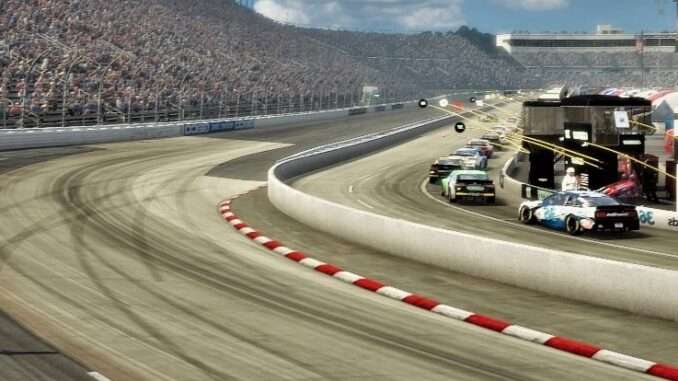
A guide i wrote will help for myself to better setup my car. Posting to hopefully help other new players like me.
Settings of Truck Series
Shocks/Spring Settings
- Shock Bump: How fast weight is applied to the wheel. Higher value results in faster weight transfer.
- Shock Rebound: How fast weight applied to the wheel leaves after being applied. Higher value distributes weight faster.
- Spring Settings: Control the vehicle’s ability to absorb force being applied during turns and bumps in the track. Less with give more grip, but will also lead the vehicle to handle poorly and/or your rear end will pull out from behind you, spinning you out.
Weight Settings
- Left Weight: How much weight is applied to the left side of the vehicle compared to the right side. Have weight to the left for oval tracks. Have weight at 50% or the center for road courses.
- Front Weight: How much weight is applied to the front of the vehicle. More weight will create a tighter vehicle in the front suspension.
- Wedge: Adjusts the strength of the rear springs (works the same as Front Weight). More weight will create a tighter vehicle in the rear suspension.
- Front Ride Height: How much space there is between the track and the underside of the vehicle. (allows more or less air underneath the vehicle when racing). Less space will allow for a faster vehicle, more space will allow for better handling when cornering.
- Rear Ride Height: How much space there is between the track and the underside of the vehicle. (a higher height in the rear will push more air onto the spoiler and create a lot of drag). Less space will allow for a faster vehicle, more space will allow for more drag, resulting in better handling overall with a draw from your top speed.
Misc. Settings
- Tire Pressure: More tire pressure results in more speed, less tire pressure results in more grip, either way will sacrifice the other. Lots of play here.
- Camber: controls the angle of the tire. A lower camber creates a “flatter tire” with less angle (great for road courses). a higher camber will push the tire into a angle allowing you to hug turns and give you lots of grip (great for ovals). Too much camber can create significantly higher wear on tires.
- Sway Bars: Less will create oversteer, more will create understeer.
- Track Bars: Less will give better corner, more will stablize the car from oversteer.
- Brake Bias: Higher will tighten the car when braking, Less will loosen the car when braking.
- Grille Tape: Provides more front downforce aiding in top speed. Too much will result in engine overheating (keep under 255 degrees).
- Wheel Lock: Aids steering input reaction time.
- Steering Offset: Higher will turn the car naturally to the left, Less will turn the car naturally to the right.
- Gear Ratios (simple): Lower ratios create longer gears (great for drafting) Higher ratios create better acceleration.


Be the first to comment